Our UXD and HFE teams specialize in transforming complex workflows and processes into positive and intuitive experiences for all stakeholders, creating solutions that inspire engagement, increase efficiency, and improve outcomes

Our process consists of iterative design and evaluation sprints in order to identify pivotal concerns early and deliver a user-centered design rapidly.
We conduct formative and summative evaluations to ensure all user needs and regulatory requirements are met (including FDA/IEC62366 and MDR/IVDR).
Where appropriate, our solutions consider the entire patient and clinician journeys to support users holistically and longitudinally.
Use the arrows below to see how our UXUI design process leads to exceptional digital user experiences.



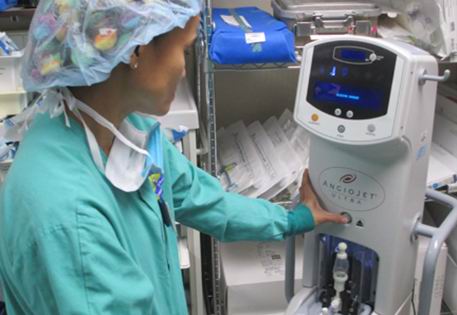
Phase1: Immersion
We conduct research to fill gaps in knowledge and gain a deeper understanding of the intricacies behind current processes and pain points.
We analyze this data to create task analyses, risk analyses, user stories, and user archetypes, which are synthesized in a proprietary GUI Design Framework that guides and focuses all follow-on design activity.


Phase 2: Information Architecture
Driven by outputs of the immersion phase, we begin by defining and testing the structure of the interface, including appropriate sequencing of tasks and logical organization of information.
We address the “why” of a product by focusing on structural design solutions for pain points in physical and digital interactions.

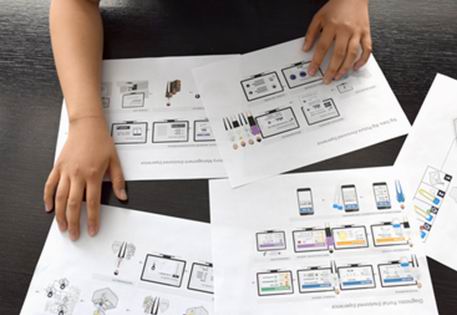
Phase 2: User Evaluation
We test initial concepts for overall product structure as well as individual tasks with end users and other stakeholders to understand users’ mental models, evaluate the success of each concept, narrow down design direction, and inform refinement.

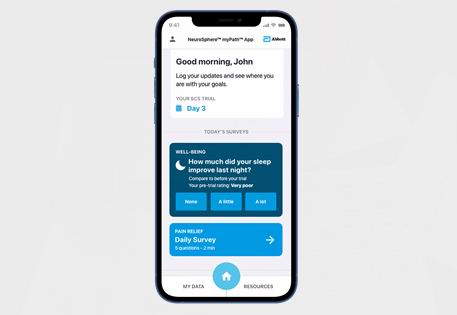
Phase 3: User Interface
We design what users will see and interact with in order to navigate through the Information Architecture.
Our goal is to address the “how” of a product by leveraging typography, color, buttons, icons, and imagery to guide users through the ideal digital product experience. The interface begins to reflect the target visual brand language at this stage as well.

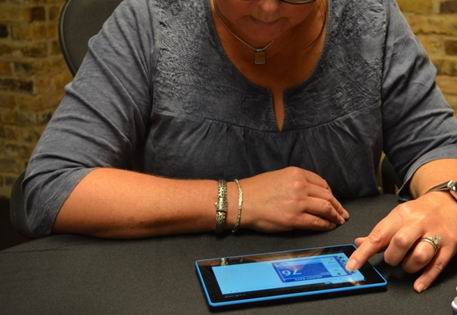
Phase 3: Early Usability
Our usability research tests UXUI designs with users to understand human capabilities and limitations, ultimately reducing the number of mistakes that users make and ensuring comfortable, intuitive interactions with the product.

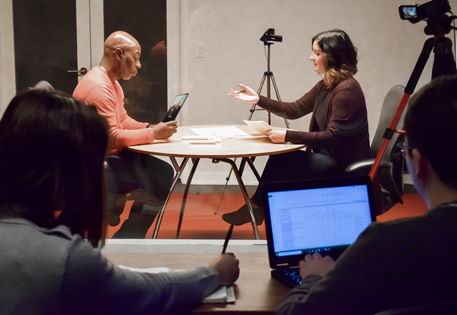
Phases 3 & 4: Formative and Summative Testing
We perform all the required regulatory evaluations throughout the development and implementation cycles, including early formatives with interactive prototypes as well as late-stage system-level Formative and Summative Testing.


Interactions and Deliverables
We coordinate with developers throughout the design process to ensure our clients have the inputs they need for development. We also transfer inputs for GUI specifications, including interaction and design annotations, assets, and logic.


Ongoing Support
We know that work continues after we transfer our design, so we offer support for ongoing backend development and/ or future release definition.

